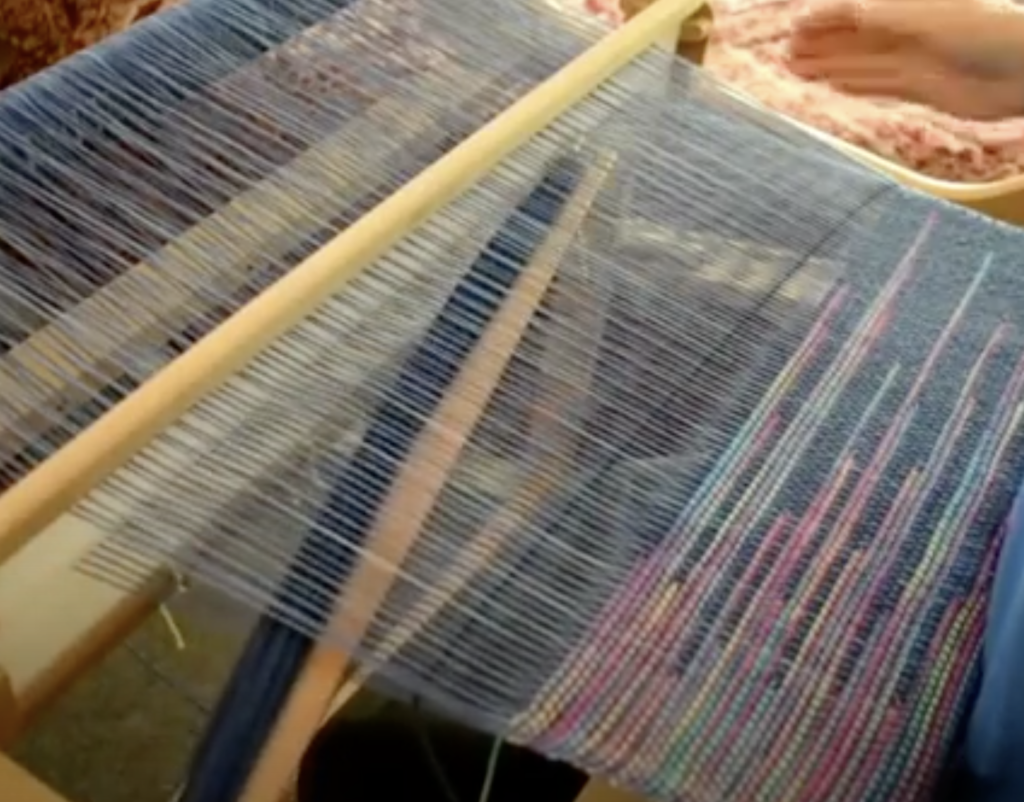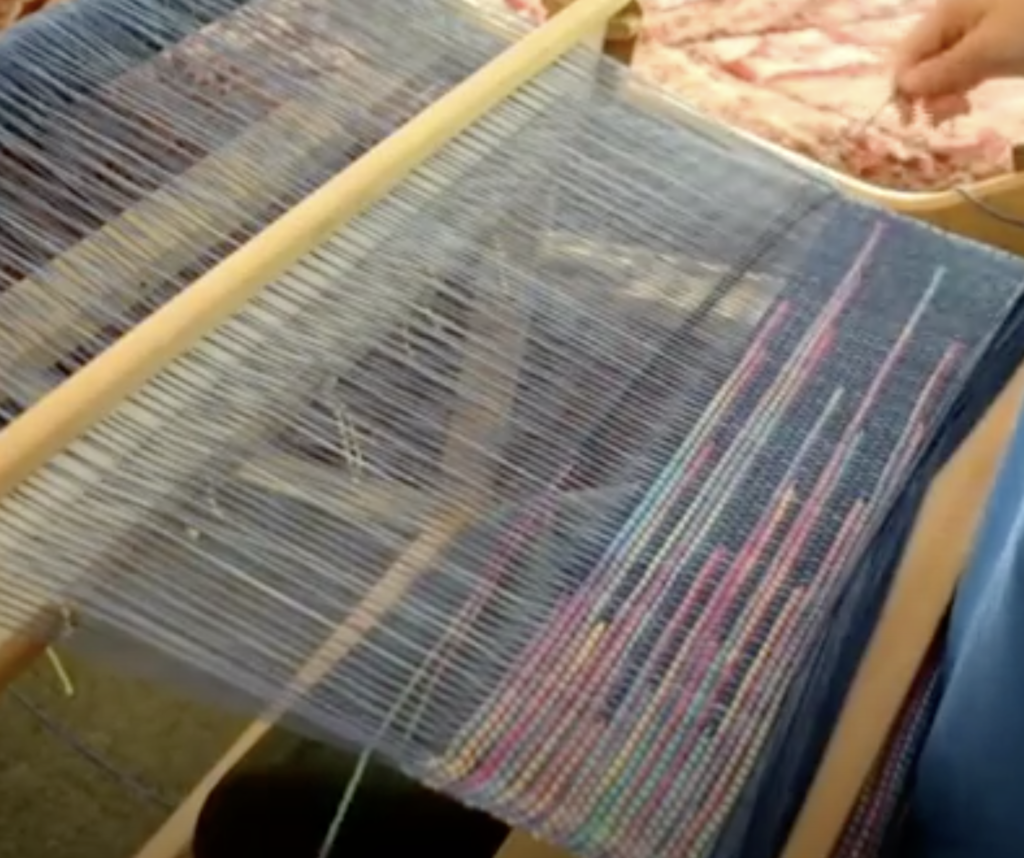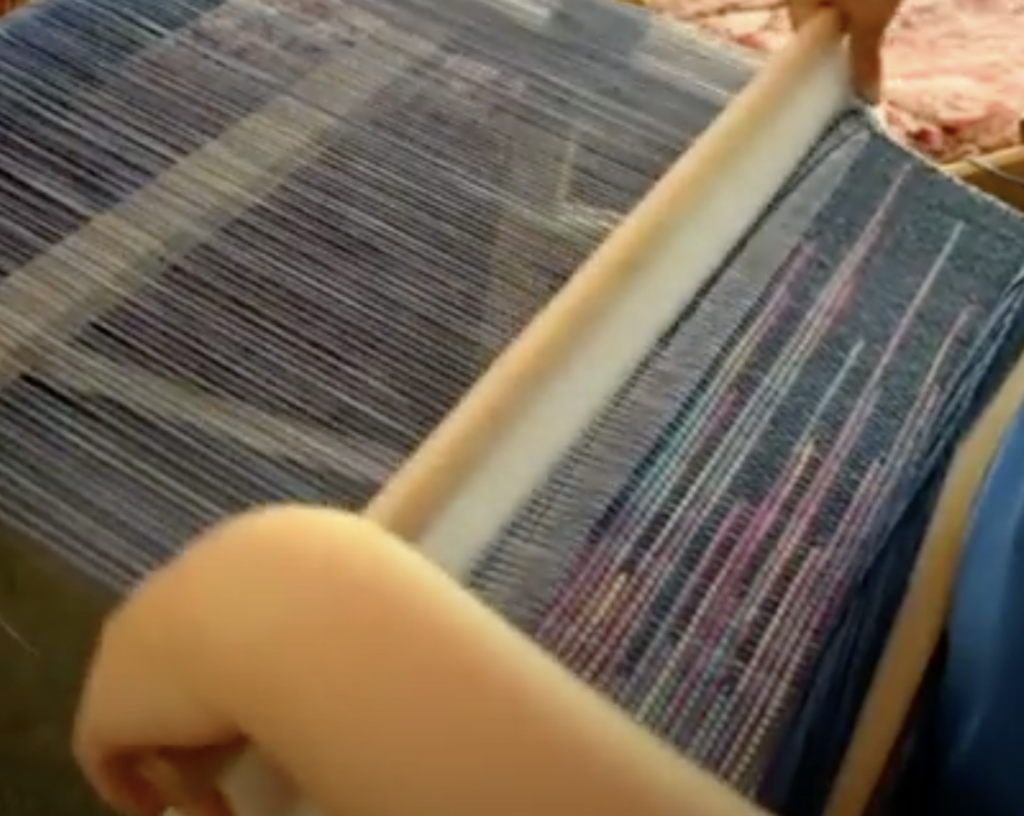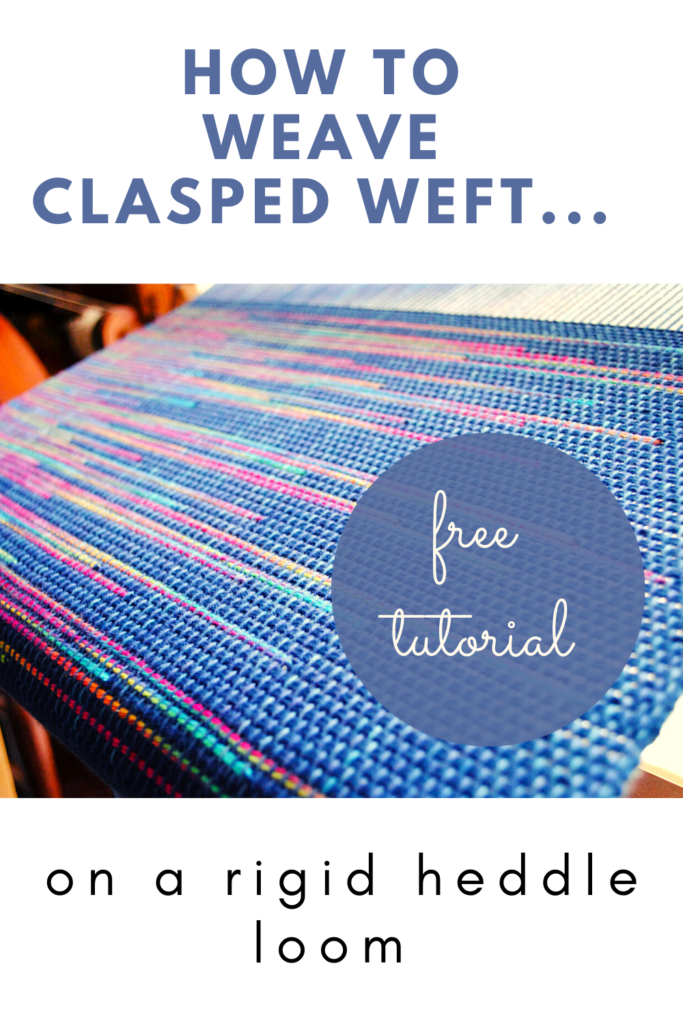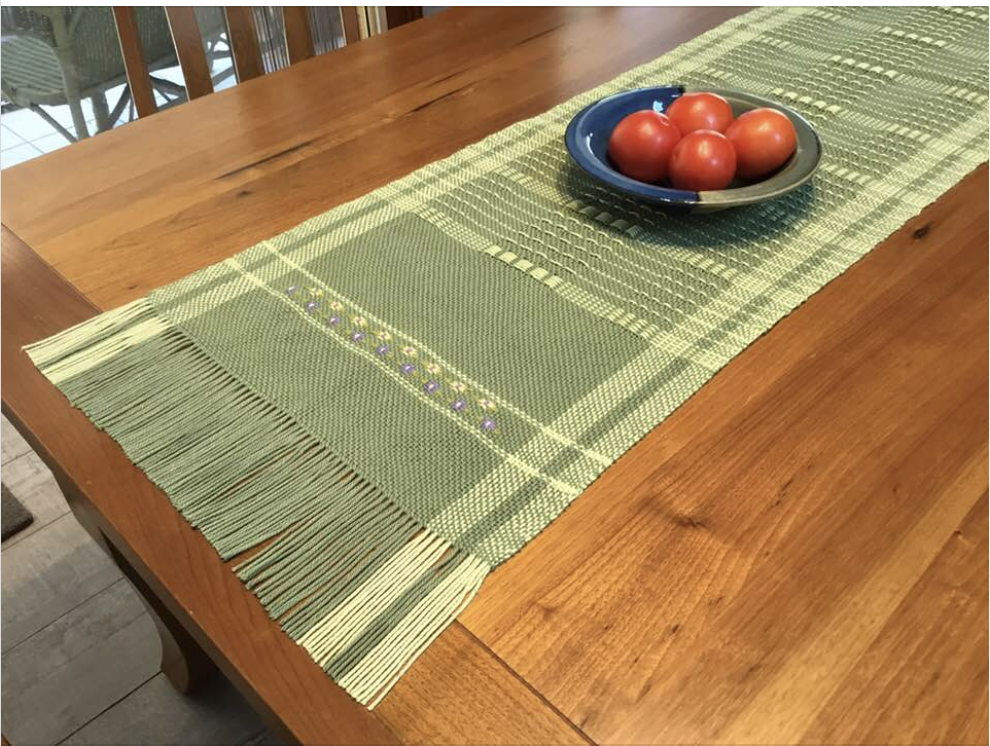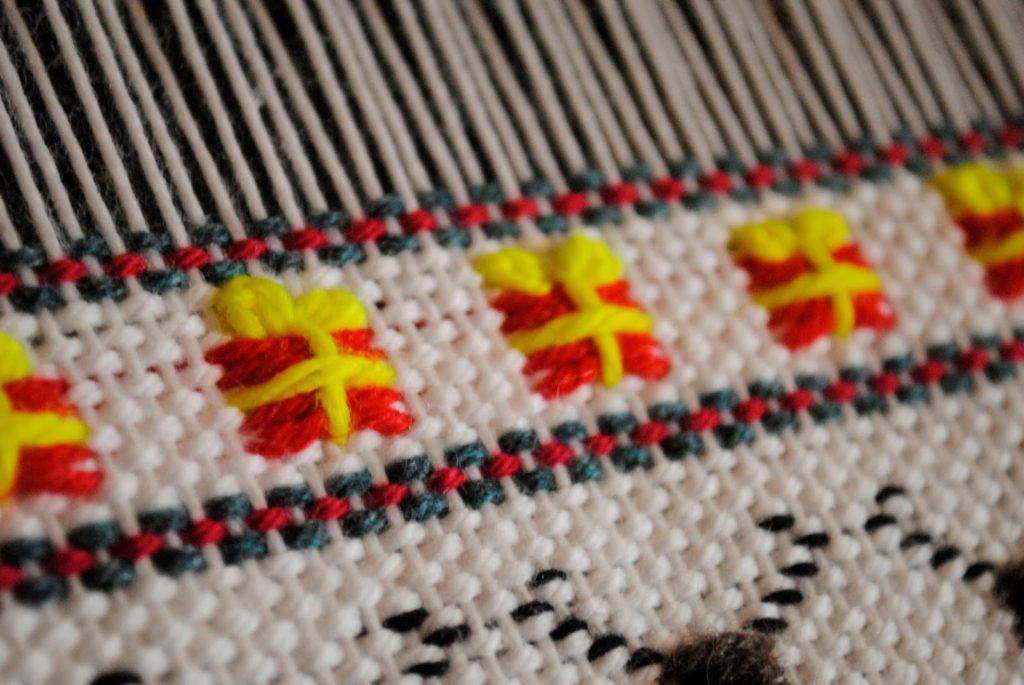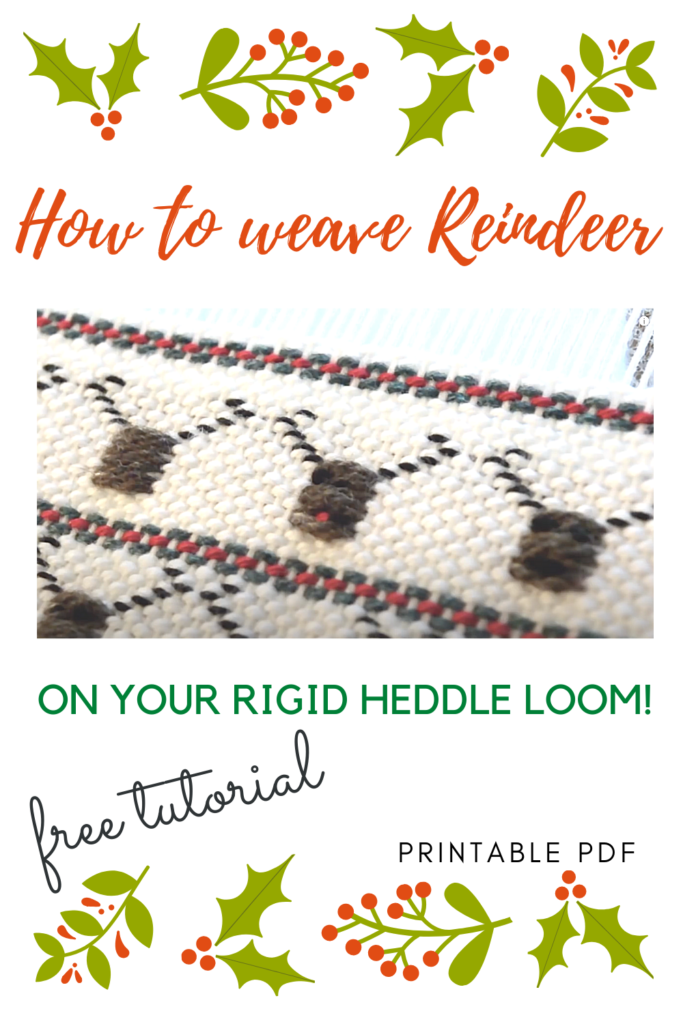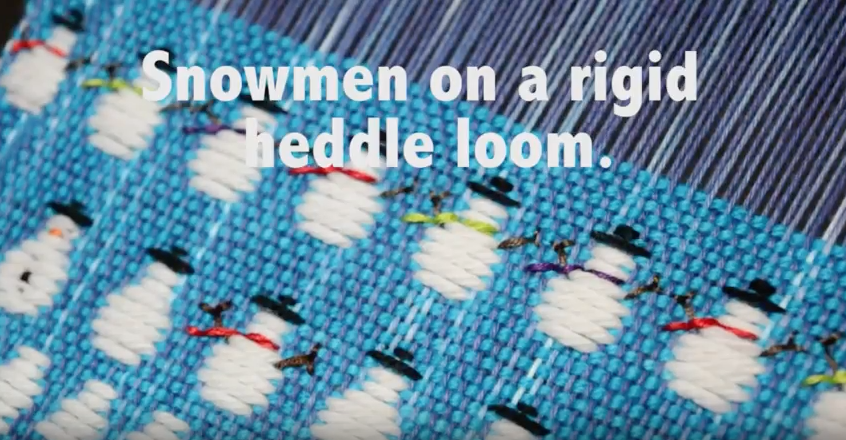
I posted this to social media recently with the following words:
“We compare our faces, our bodies, our homes, our children, our skills and talents. The list could go on endlessly.
Something that helps me to get off the vicious comparison cycle is to remember two things.
1. Nothing and no one is perfect.
2. Pretty photos don’t necessarily mean pretty lives. Don’t assume that someone’s life is better than yours just because it looks that way from the outside.
How about today we strive for BETTER rather than BEST? 😉”
The response was very large and very interesting, which tells me that this is something that is very common to most of us. I wanted to talk a little more about the comparison game, how negative it can be and some strategies we can use to help overcome it.
Posting the image and reading the responses made me reflect more deeply on how comparison affects my life and how it definitely does steal joy. Here is a very real example.
Recently, my daughters and I have been enjoying a lot of music. My eldest daughter plays a variety of instruments, the main ones being violin and piano and is always on the hunt for a new song to play. Being surrounded by lovely music has inspired the rest of us and reminded me, once again how much I miss singing. From an early age I sang and in my teens had some classical training. I’ve been in school and community musicals, recorded in a recording studio and worked for a couple of years as a vocalist for weddings, parties and venues. The busy-ness of being a Mum meant that singing was put way on the back burner, and following a throat virus a couple of years ago my voice is not what it used to be. But I’ve wondered. Can I retrain it back to what it was, or at least better than it is now? Can I get to the point of really loving singing again, perhaps even record myself again?
I could try. But I haven’t. And it’s not because I’m “too busy” (I believe you can make time for anything you really want to do).
It’s because I’m afraid.
Take a look around Youtube. Pick a song title, any song title, there will be people doing covers of it. Most of them are young, pretty, polished and some of them sing amazingly well. Have a scroll on Instagram. There are “beautiful people” everywhere!
Then there is me. I am 43 years old. I have possible vocal damage. I look (and feel!) tired most of the time. My teeth aren’t straight and white. I’m overweight. I’m not very interesting to look at.
Yep, I’ve been playing the comparison game and it’s not fun.
Not only does comparing yourself to others steal your joy, it can be suffocating. It stops you going forward and achieving goals. The voices in your head say things like “no one is interested in a 40+ woman singing!”, “you’re setting yourself up for ridicule” and “I can’t believe you would even consider it!”.
These are not things people have actually said to me, these are things that I am saying to myself!
I reminisce about my days on the stage when I was younger and people loved to hear me sing. I feel sad that the time for that has passed. But has it? Or does society and social media just make me feel that way?
This is just one small example of how comparing myself to others manifests itself in my life. I know that many of you do this to yourselves and I know it can be really destructive. Whether it’s comparing yourself to other weavers, other parents, other homeowners, it’s something we need to get a different perspective on and use as a force of positivity rather than negativity.
How?
- Remember that no one and nothing is perfect.
2. Someone else’s purpose is not necessarily your own. You are uniquely made with specific purpose and intent.
3. Set your own goals and work towards them. You don’t have to be the best. Every bit of work you put towards your goal will make you better and that is more important. Start today!
4. Use others as inspiration. We tend towards jealousy, but perhaps if we are glad for the success of others, we will instead be inspired by them. I often read the lives of the saints. I don’t in all honesty feel that I could be as heroic, as holy, as faithful as so many of them, but that’s ok. They are a huge inspiration to me to do better in my faith and to recall that God has an individual plan for me.
5. Be honest with yourself. If you are following someone on social media and they make you feel bad about yourself because they seem to have something unattainable to you, maybe it’s time to unfollow and let go of that particular ideal.
6. Change your expectations. Are they too high? Lower them and don’t feel bad. Set goals that work for you, not someone else.
7. Be grateful. This is probably the most important point. Constantly comparing yourself absolutely stifles gratitude for who you already are and what you already have. The comparison game can completely blind you to your past and current achievements.
Before I started weaving I spent countless hours researching, watching people weave and looking at beautiful projects. I used all of that inspiration to push me forward, through the hard times when I was learning and had no help, through the frustrations of lack of knowledge, and through the disappointments of projects not turning out well. I didn’t compare myself to master weavers or those who were weaving before I was born. I just kept going and building skills and knowledge. And that is still what I’m doing today, every day. Building, one block at a time.
Now, I’m off the do some vocal scales and I’ll try to do that more often. Who knows, maybe it will take me on a new adventure. At the very least, if I work at it consistently, my voice will improve.
La la la la la, la la la la……
Thanks for reading, I would love for you to share your thoughts and experiences in the comments!


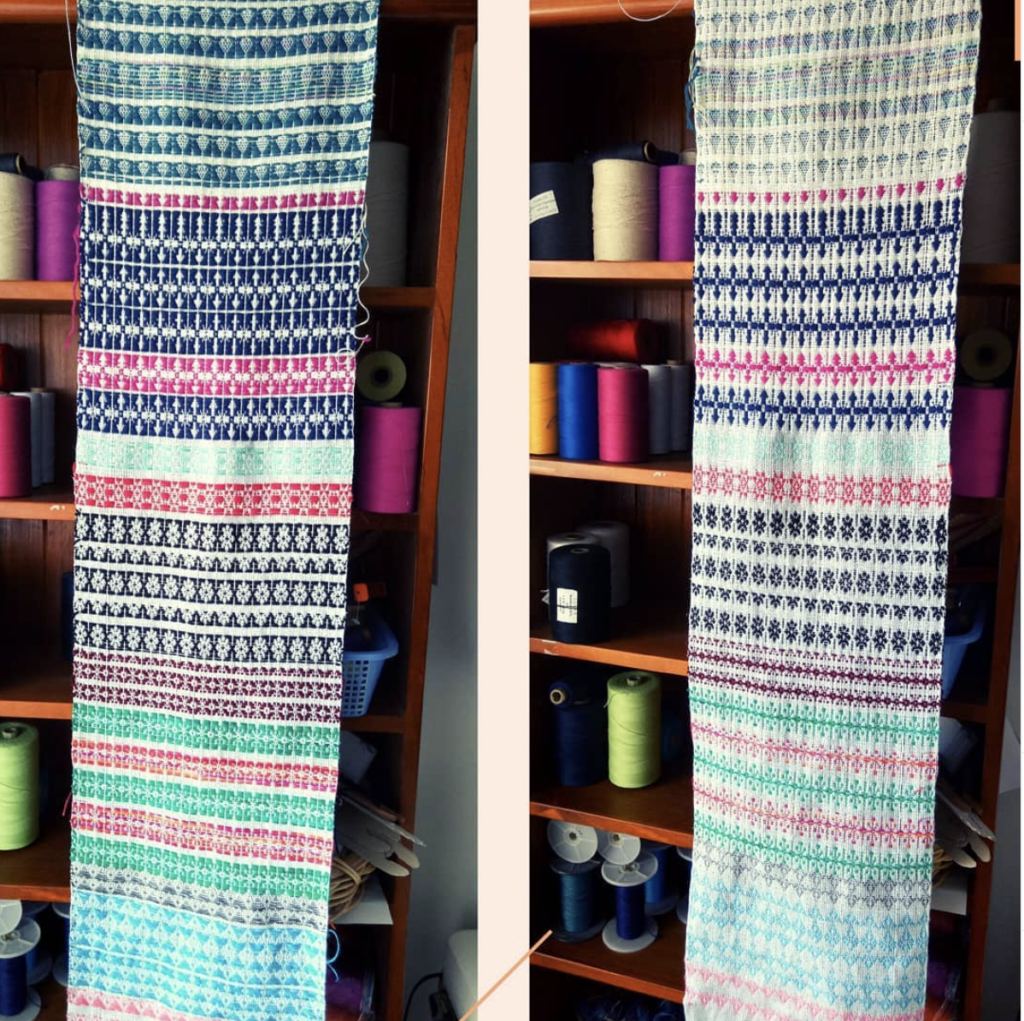
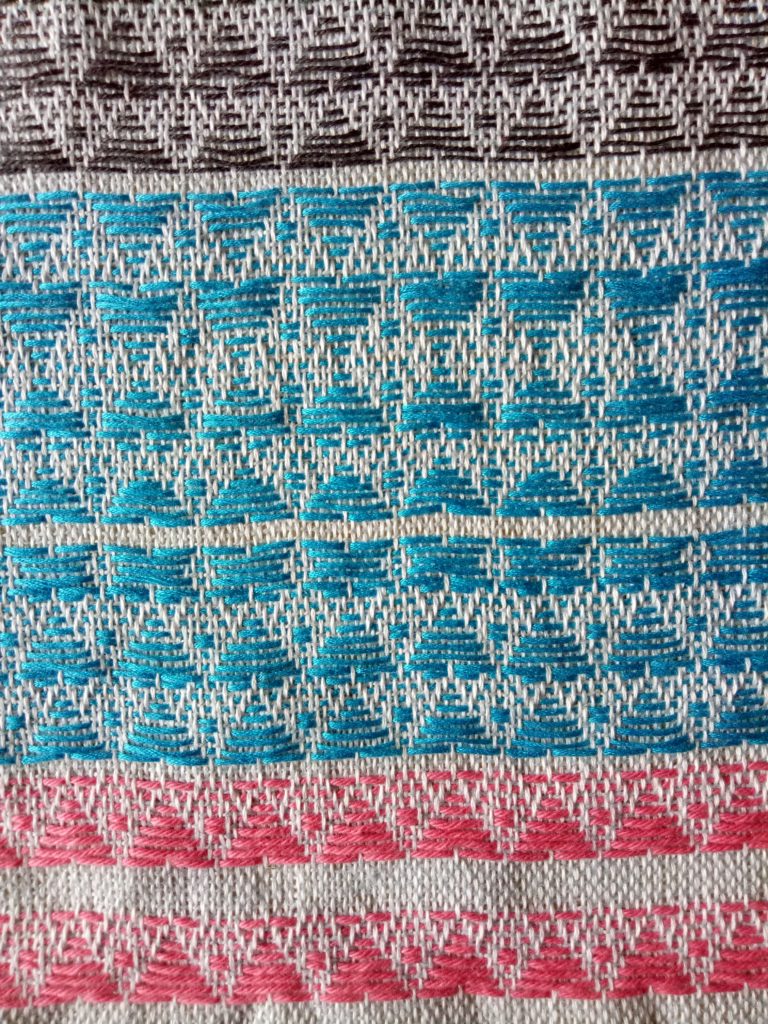



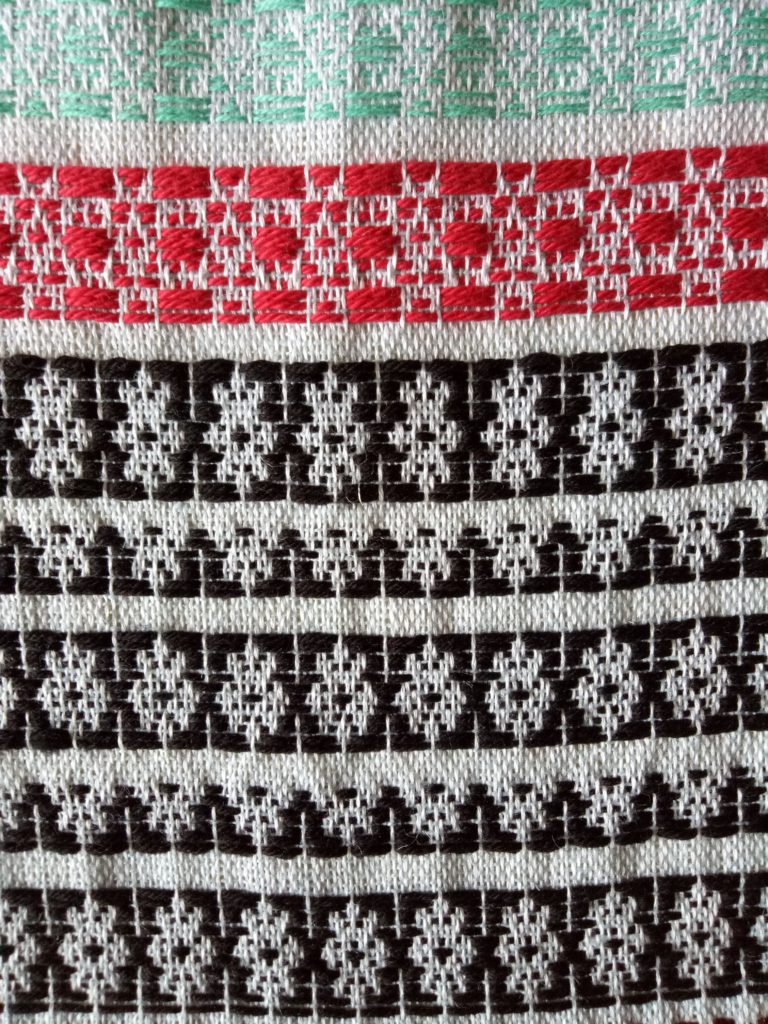

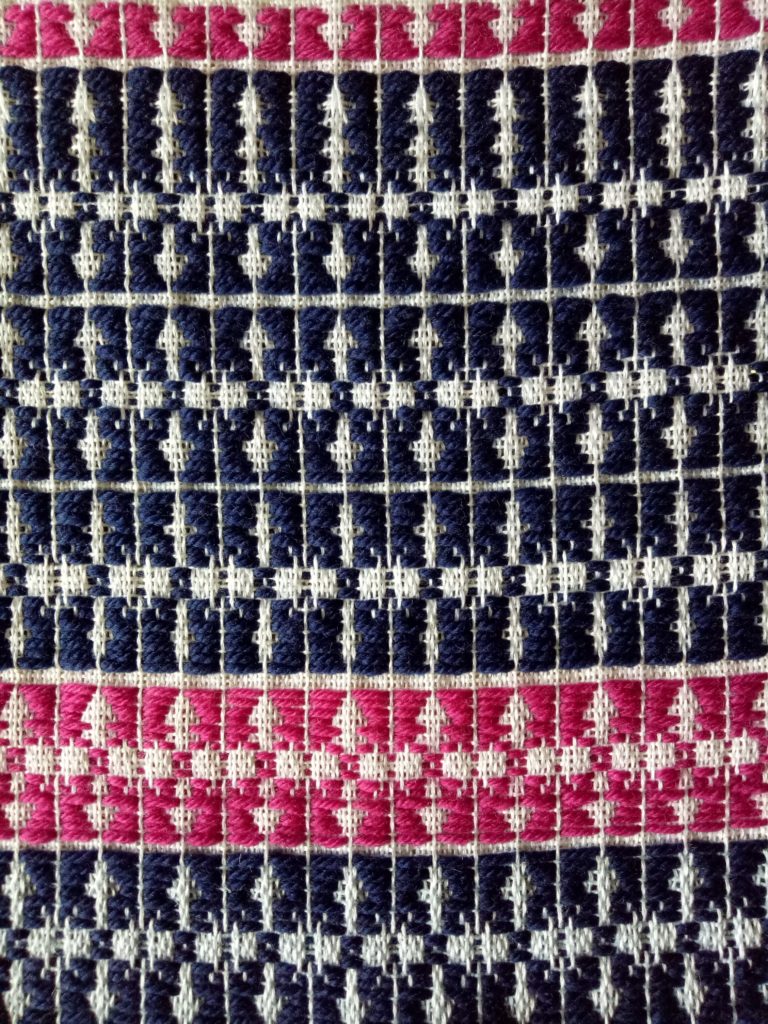
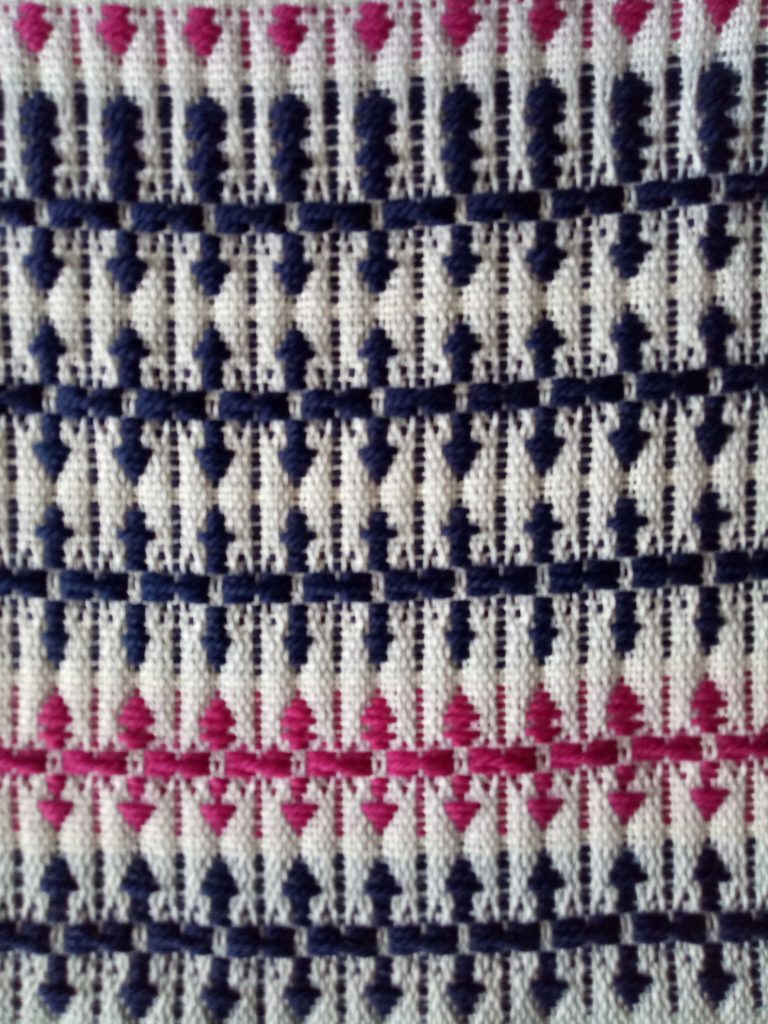
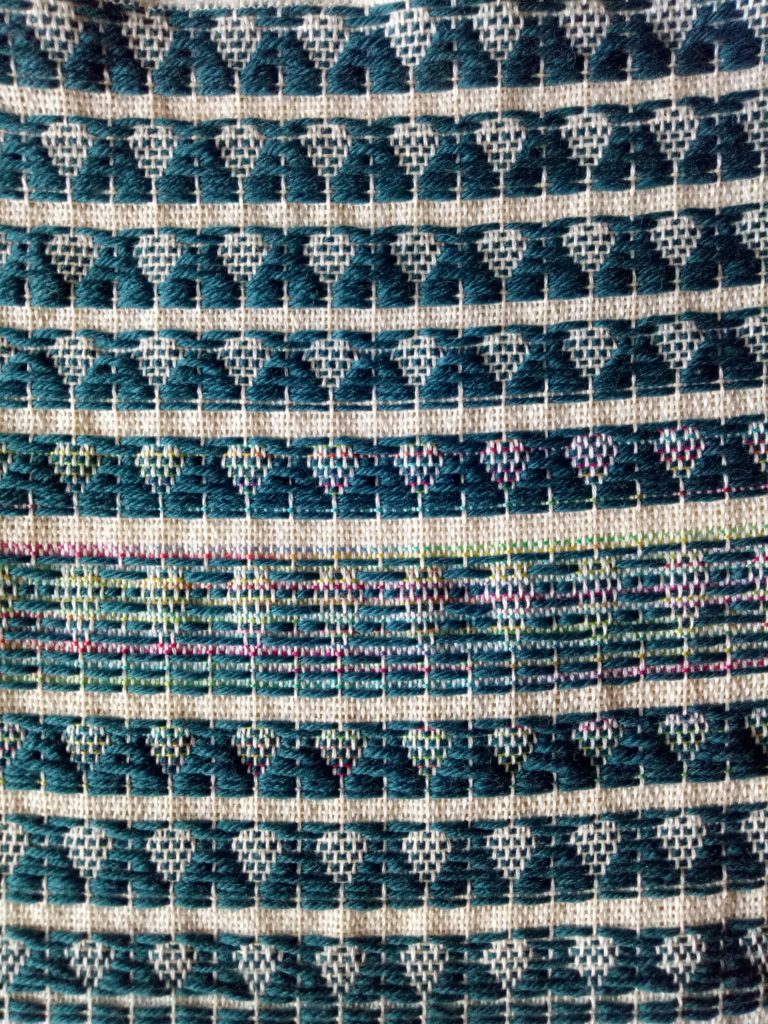

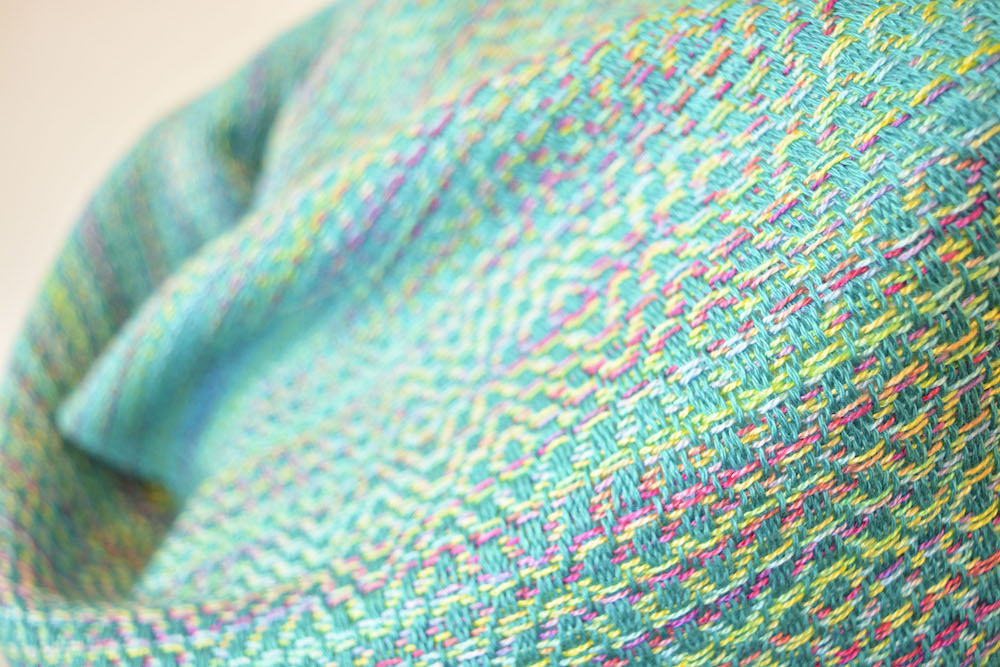
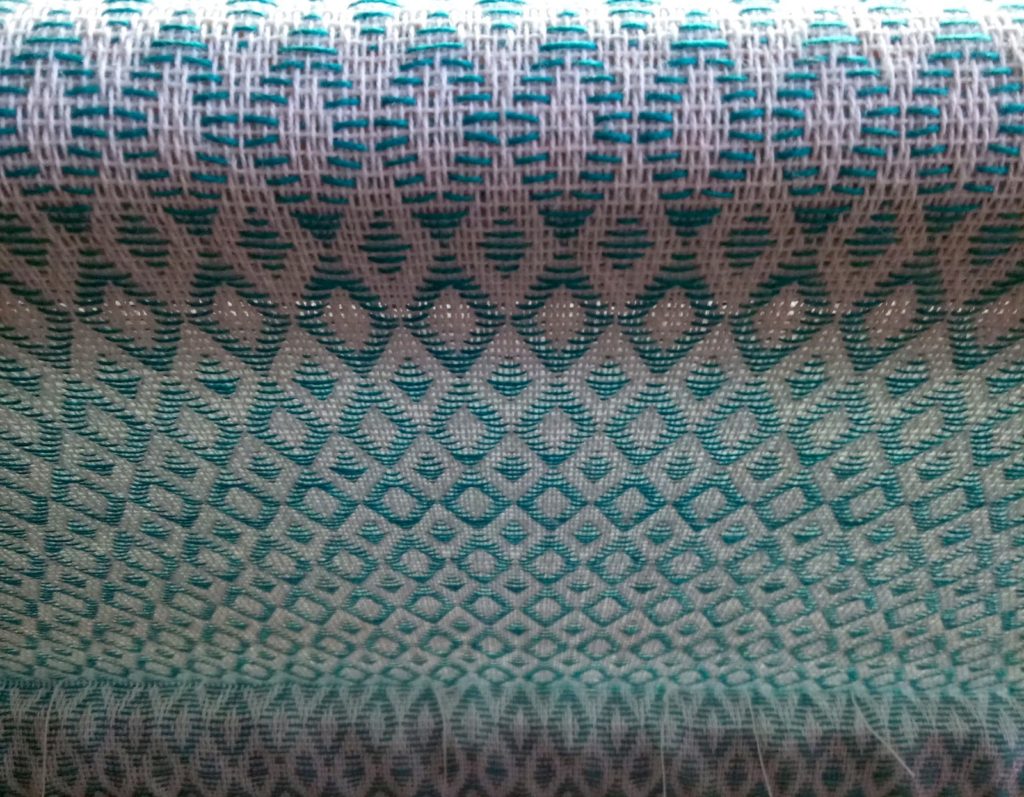
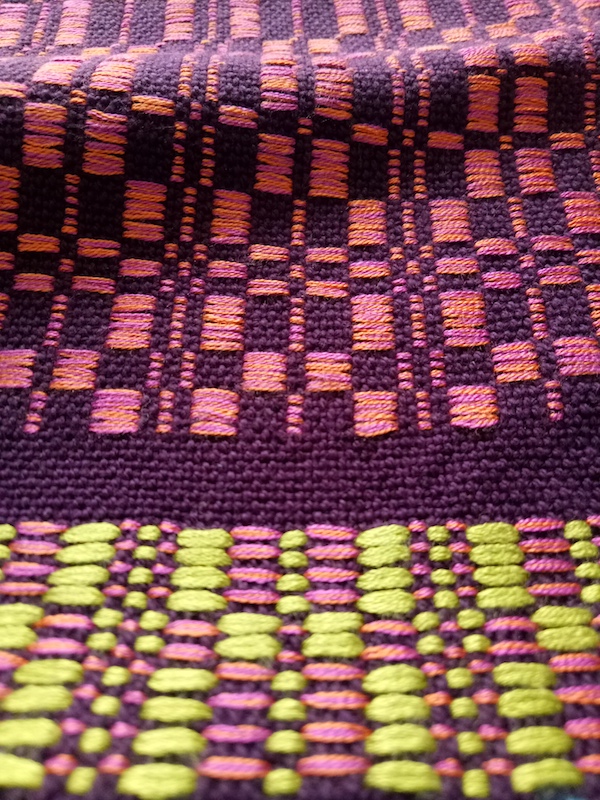
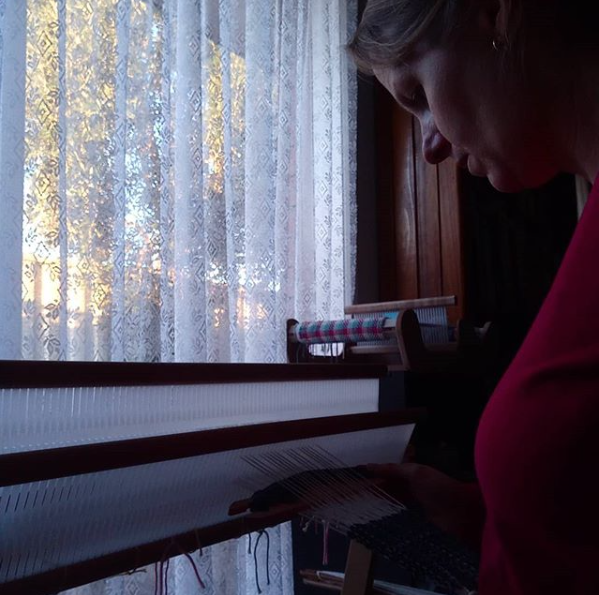
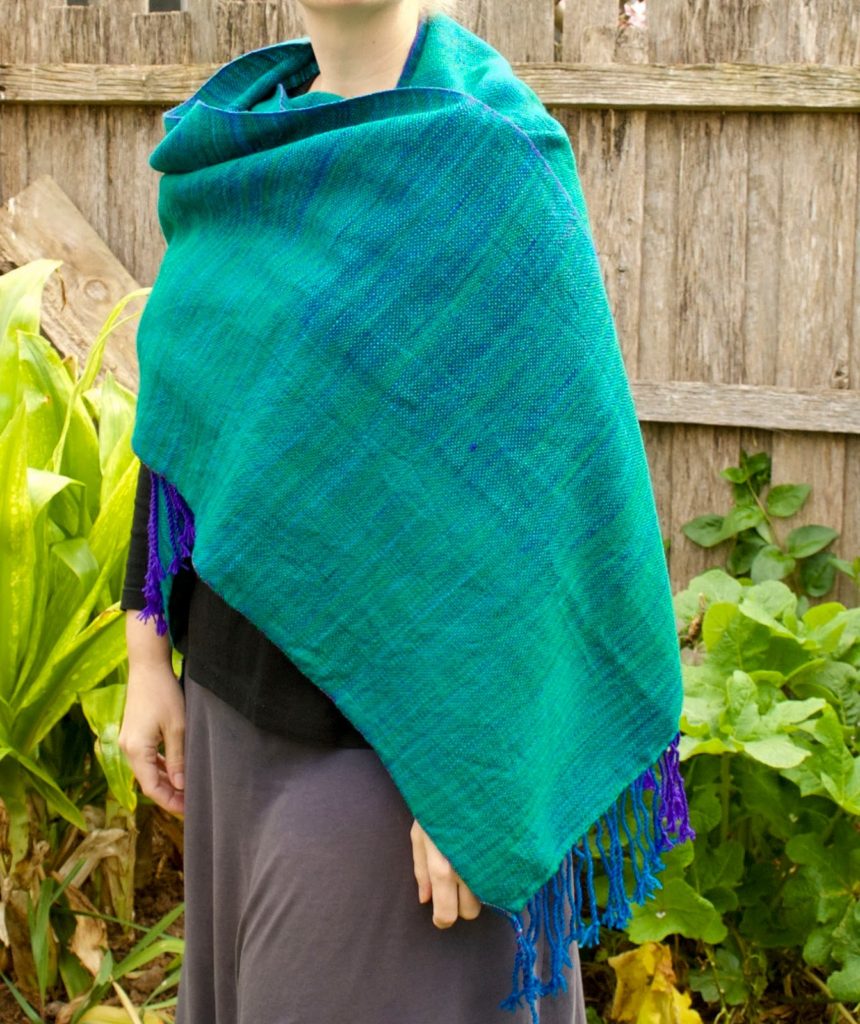
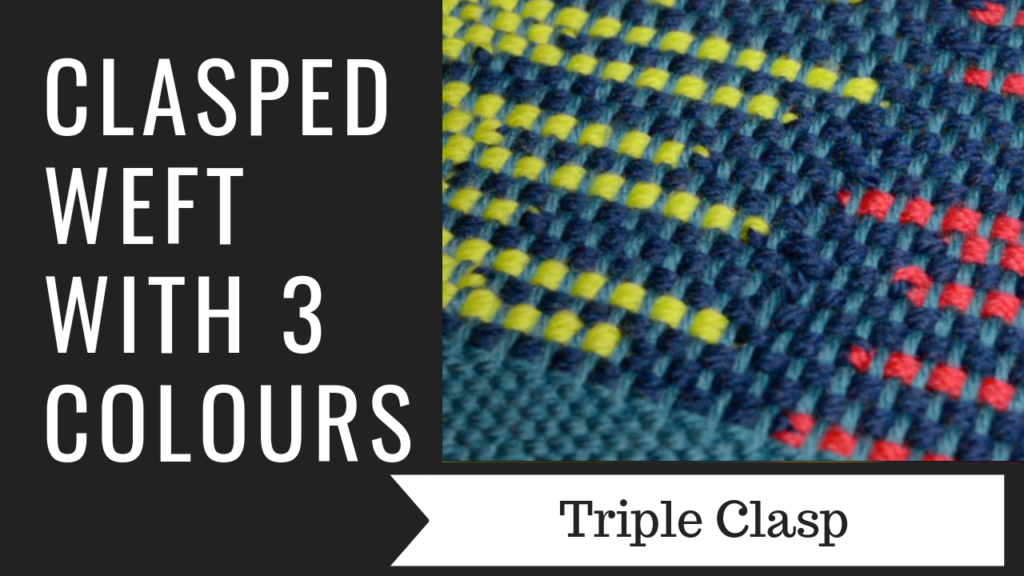


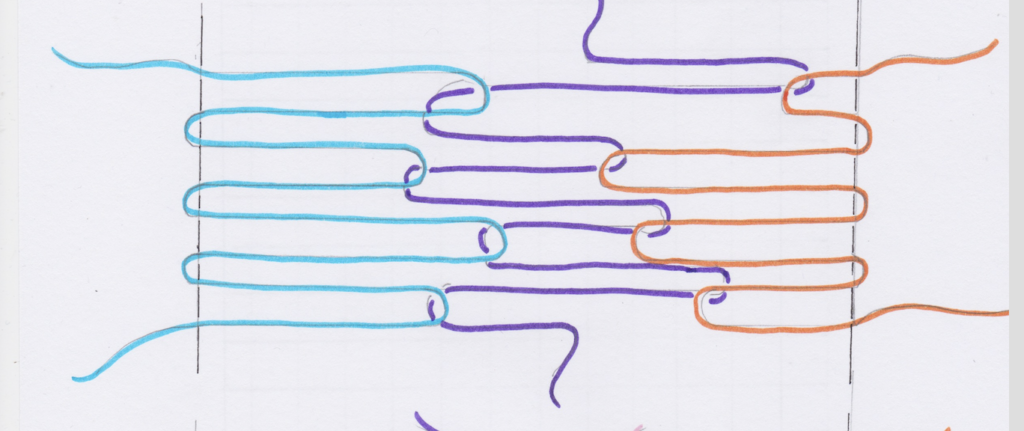

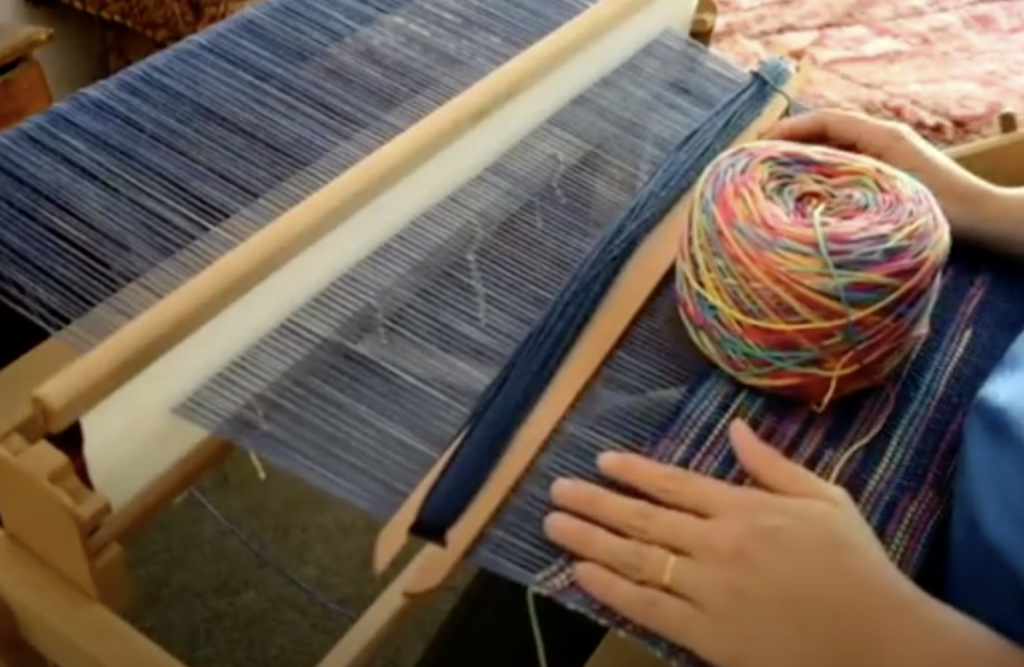

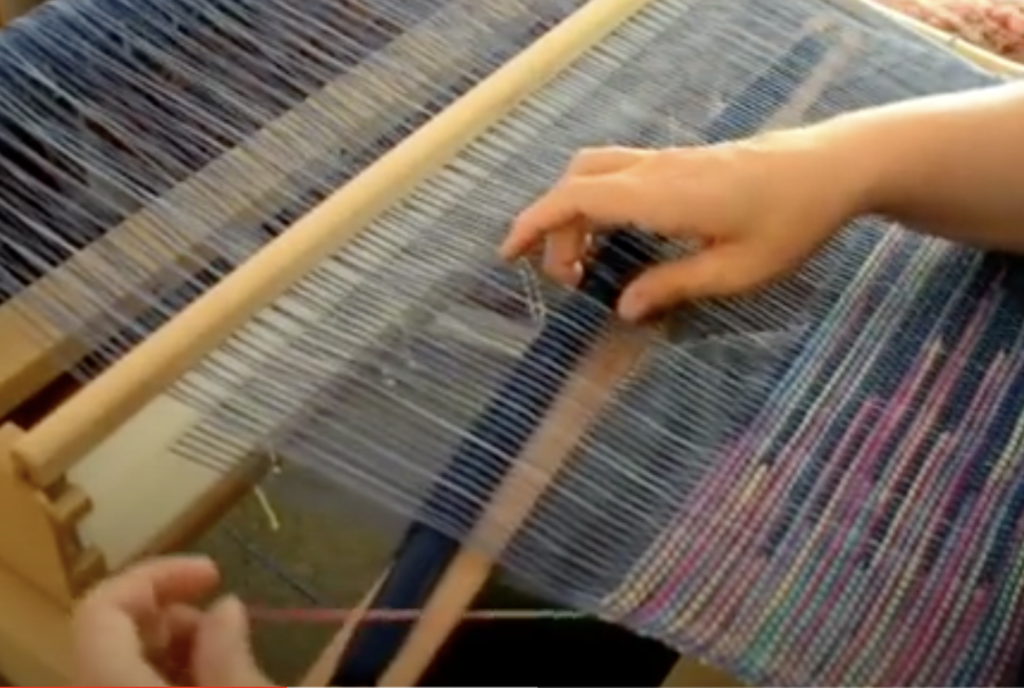
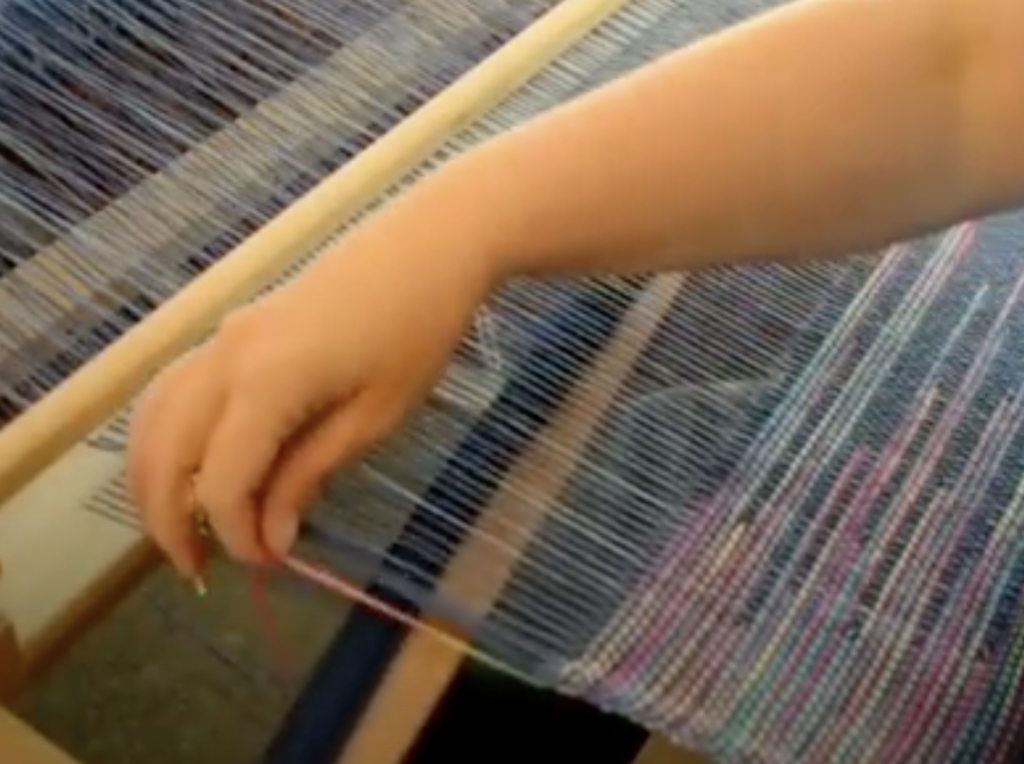
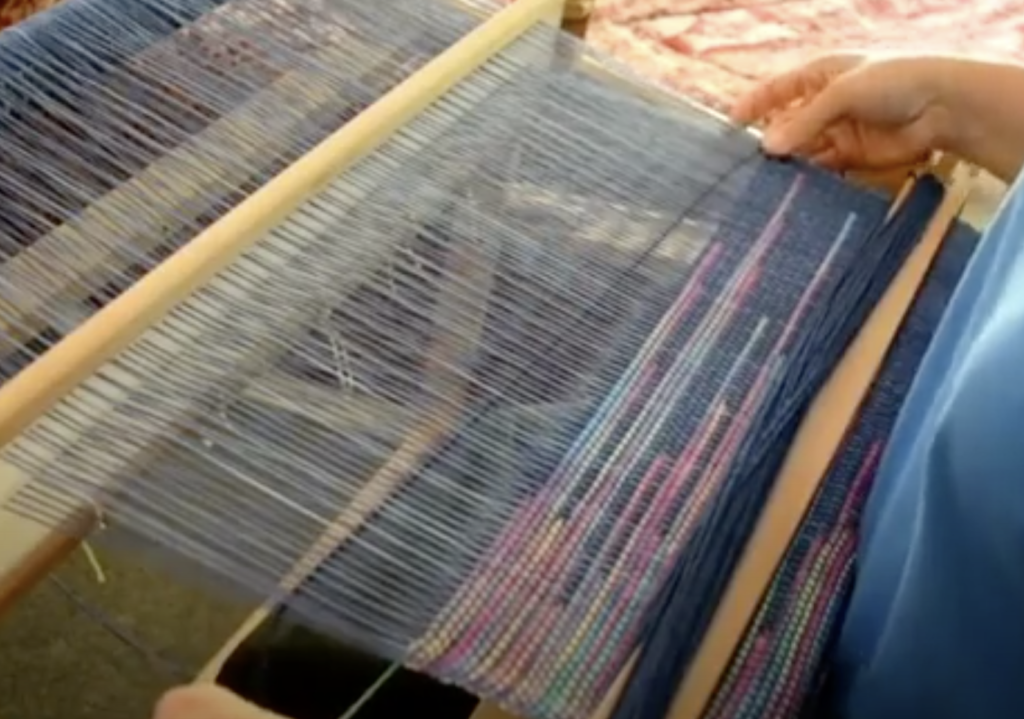 On the right hand side (where your shuttle entered), tidy up and prepare your weft yarn as though you’re going to beat the pick in. If you’re not familiar with how to do this, watch my free video on
On the right hand side (where your shuttle entered), tidy up and prepare your weft yarn as though you’re going to beat the pick in. If you’re not familiar with how to do this, watch my free video on 